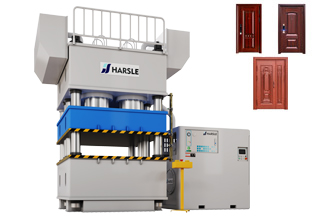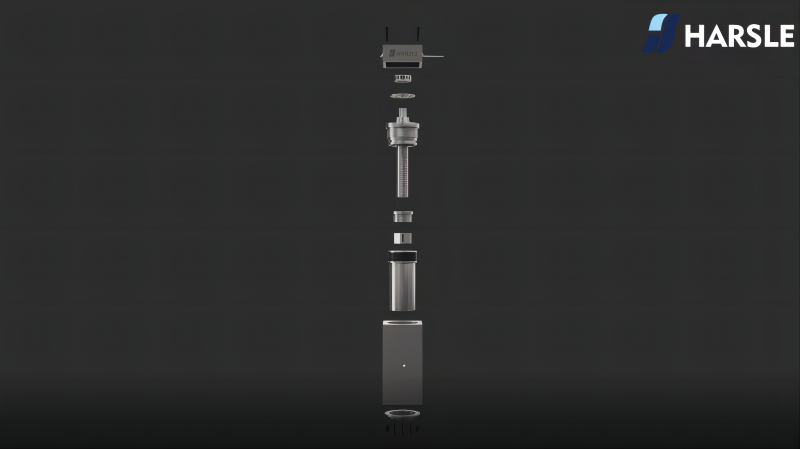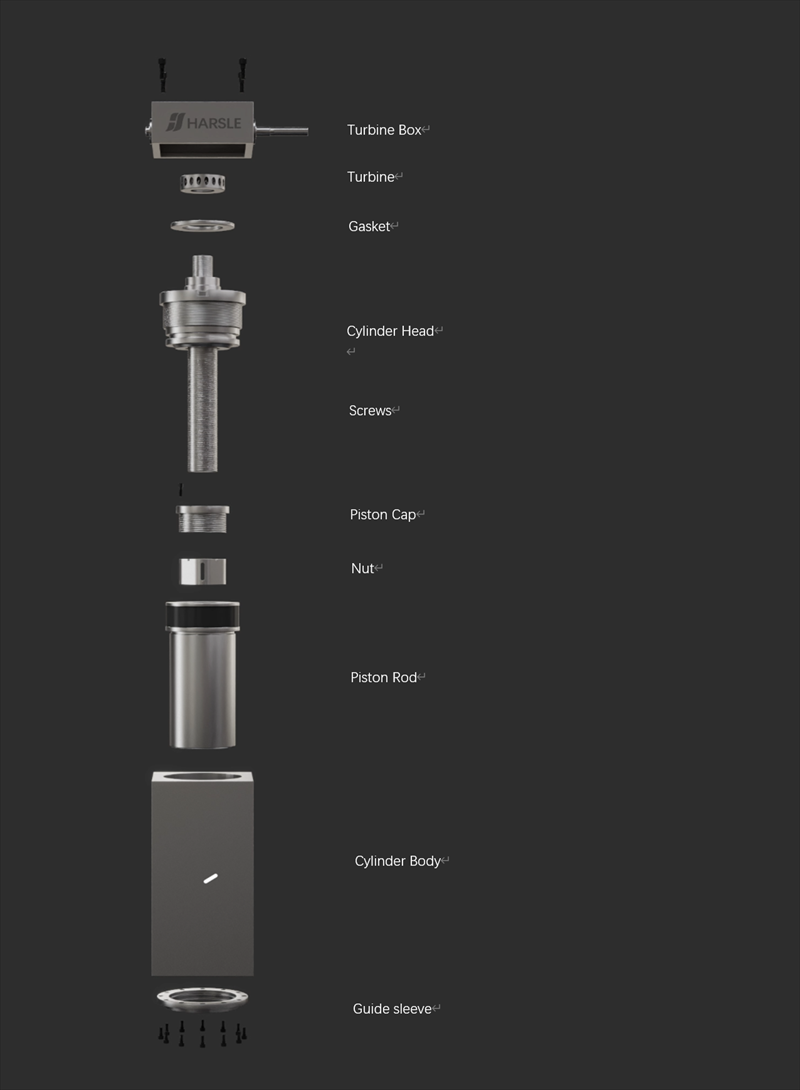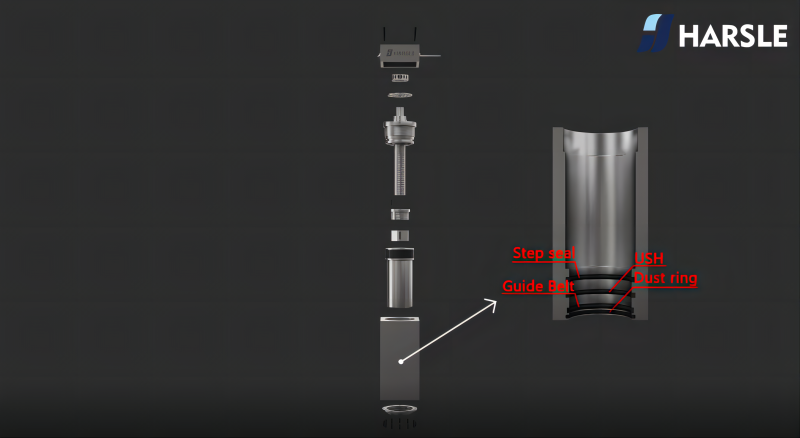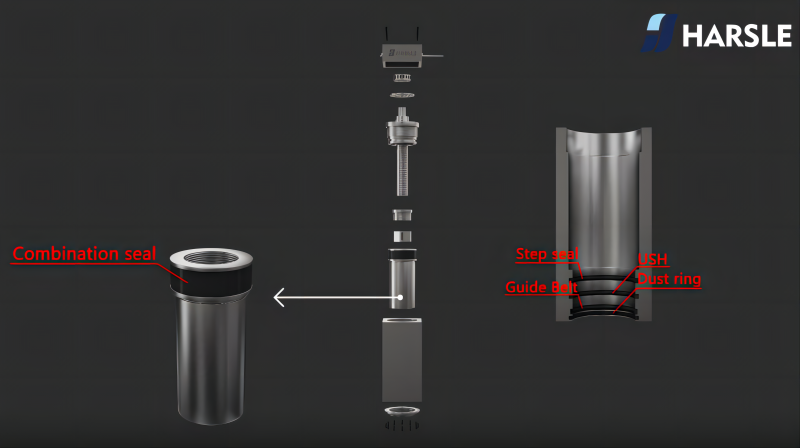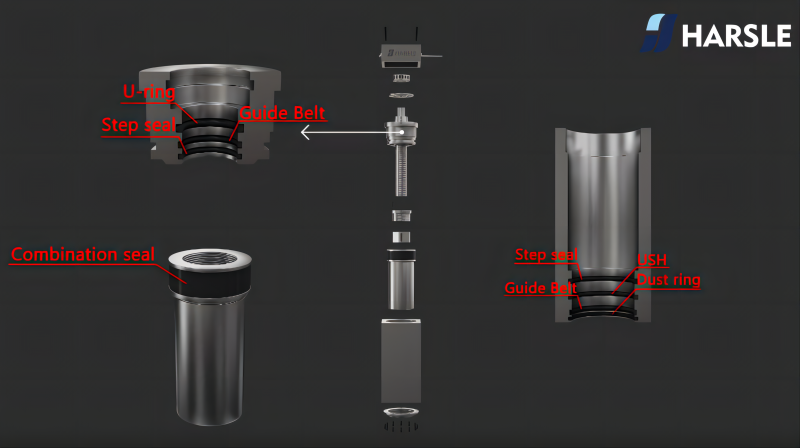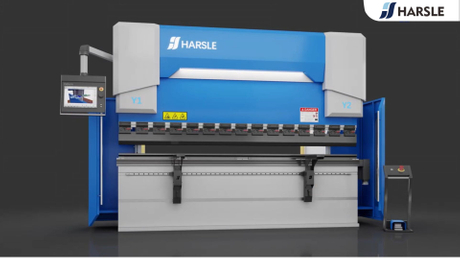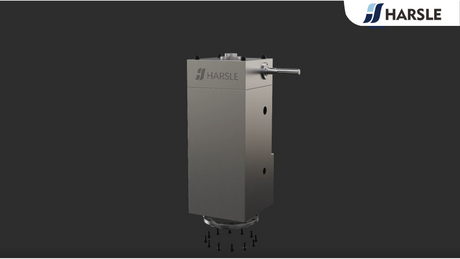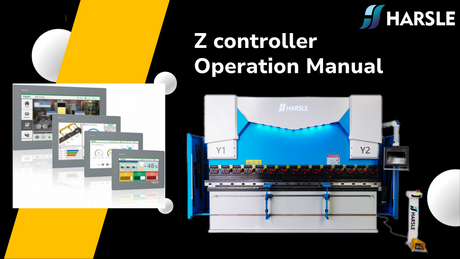●Safety First: Before starting any work, make sure the hydraulic system is depressurized and the equipment is turned off. Also, use proper safety gear like gloves and eye protection.
●Gather Necessary Tools: You'll likely need wrenches, screwdrivers, pliers, a seal puller, a hammer, and replacement seals. Make sure you have the correct replacement seals for your specific cylinder.
●Access the Cylinder: Depending on the equipment, you might need to remove covers, guards, or other components to access the cylinder.
●Release Pressure and Disconnect: If the cylinder is still under pressure, use the appropriate method to release it. Then, disconnect any hydraulic hoses or fittings attached to the cylinder.
●Remove the Cylinder: Depending on the setup, you might need to unbolt the cylinder from its mounting brackets or other attachment points. Be cautious as cylinders can be heavy.
●Disassemble the Cylinder: Once the cylinder is removed, disassemble it carefully. Take note of the arrangement of parts and the orientation of seals.
●Follow the video to remove the cylinder parts in order. The nut and piston cap are inside the piston rod and need to be removed after moving the rod down to a position where it cannot be moved first and unscrewing the set screws. When disassembled, all parts and screws are screwed in the counterclockwise direction.
1.There are step seals, USH, the guide belt, and the dust ring on the cylinder body.
2. Combination seals on the top of the piston rod.
3. And there are step seals, the U-ring, and the guide belt on the cylinder head.
4. Reinstallation of all parts in the order of installation and disassembly.
●Remove Old Seals: Use a seal puller or appropriate tool to carefully remove the old seals. Be gentle to avoid damaging the cylinder bore or other components.
●Clean and Inspect: Thoroughly clean the cylinder bore and all parts. Inspect for any damage or wear that might have caused the seal failure.
●Install New Seals: Lubricate the new seals with hydraulic fluid and carefully install them into their proper positions. Make sure they are seated correctly and not twisted.
●Reassemble the Cylinder: Put the cylinder back together, following the reverse order of disassembly. Tighten bolts to the manufacturer's specifications.
●Reinstall the Cylinder: Mount the cylinder back onto the equipment, reconnect hydraulic hoses or fittings, and secure everything in place.
●Test: Once everything is reassembled, test the equipment to ensure the cylinder functions properly and there are no leaks.
This is all for our tutorial and proper maintenance of hydraulic oil cylinders is important to ensure the function effectively and have a long service life. Here are some general maintenance tips for hydraulic oil cylinders:
1. Check the oil level regularly: The oil level in the cylinder should be checked regularly to ensure it is at the correct level. If the oil level is too low, it can cause damage to the cylinder.
2. Change the oil: Hydraulic oil should be changed regularly to prevent contamination and extend the life of the cylinder. The frequency of oil changes will depend on the application and operating conditions.
3. Check for leaks: Check for leaks in the cylinder regularly. If you notice any leaks, it is important to address them immediately. It is to prevent damage to the cylinder or other components of the hydraulic system.
4. Inspect the seals: Inspect the seals in the cylinder regularly for wear or damage. Replace any seals that are worn or damaged to prevent leaks and ensure the cylinder operates smoothly.
5. Keep the cylinder clean: Keeping the cylinder clean can help prevent contamination and damage. Use a clean cloth or rag to wipe down the cylinder regularly.
6. Use the correct oil: Use the correct hydraulic oil recommended by the manufacturer for your specific cylinder and application. Using the wrong oil can cause damage to the cylinder and other components of the hydraulic system.
By following these general maintenance tips, you can help ensure your hydraulic oil cylinders operate effectively and have a long service life.
 English
English Pусский
Pусский










